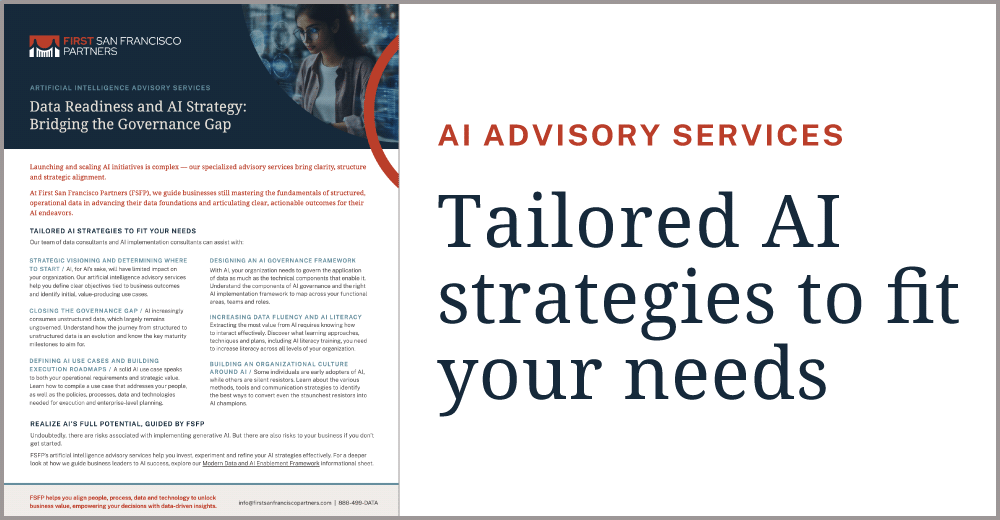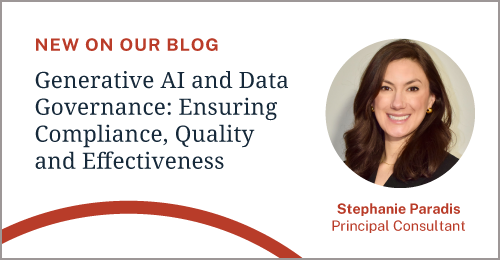The shift toward digital business is being fueled by data-driven organizations that use a broad spectrum of information management and analytical capabilities to inform decision-making. While this work can be exciting and game-changing, there’s an overarching need for a thoughtful strategy and effective framework for quantifying the value and meaning of an organization’s data assets.
Not enough firms focus on this — or perhaps more probable — may not know how to measure data as an enterprise asset.
Whichever the case may be, Gartner’s fourth annual Chief Data Officer (CDO) survey revealed that only eight percent of CDOs measured the financial value of their data and analytics programs. Nearly half reported producing some data quality metrics, while only 29 percent said they measured data-related KPIs and their impact on business processes.
This is particularly concerning because the big data industry will be worth an estimated $77 billion by 2023. It’s crystal clear data has become the lifeblood of our digital economy. To extract its full value, data must be managed, governed, understood and measured.
Organizations need an effective framework for quantifying the value and meaning of their data assets.
Defining Data Assets
Most people would say that an asset is something of value. However, an asset is formally defined as something that provides a probable future economic benefit.
Not recognizing this distinction can get people hung up on the fact that most data sitting in databases is stale, seldom used or unused. In some industries, the bulk of data can seem so remotely tied to generating business value that it’s hard to conceive of information the way we do other assets (e.g., auto parts, pharmaceutical ingredients or buildings).
If we can discern information in terms of a portfolio or think about probabilities more, we can begin to recognize information as a true asset — wholly distinct from those that are financial and material.
In other industries, like financial services, the verification of the products sold to clients is really only data (e.g., deposit statements, loan documentation or securities holdings).
Even if it’s hard to consider data as an asset and similar to a physical asset, the data and the information a company holds about its physical assets, products, employees and customers is critical to both the current and future operation of the business.
Data, when properly managed, maintained, shared and used, is the key to unlocking the future economic benefit of the physical assets, products, employees and customers. Therefore, data should be considered an asset — both in terms of being “something of value” and as something that “provides a future economic benefit.”
When we consider what to measure in regards to data, there are three primary categories:
- Measuring the value of data as an asset
- Measuring the impact that data programs and practices will provide
- Measuring the progress of those programs and the improvement of data itself
If we can discern information in terms of a portfolio or think about probabilities more, we can begin to recognize information as a true asset.
Why Measuring Data as an Asset Matters
Measuring data as an asset is fundamentally important in order to understand what amount of investment is needed to manage and maintain it properly. Even small companies spend time and effort maintaining customer lists, product lists, employee start dates, end dates and compensation schedules. If you don’t know what that data means to the company, it’s hard to determine how much money should be allocated to acquiring, managing and maintaining it.
In the same way the value of inventory, payables and receivables are measured as a balance sheet asset, the value of data should also be considered an asset that contributes to company valuation.
At the same time, there is an antithetical view that data could be a risk to an organization in the event of a breach or inappropriate exposure. Because data also holds risk, determining its value helps an organization assess its budget to protect it — although one can argue that reputational risk associated with a breach is immeasurable.
When measuring the value of data and information, the key question to answer is what is the data worth to the enterprise?
Next up in How to Measure Data as an Enterprise Asset, we’ll dive deeper into how to practically measure data as an enterprise asset, align benefit to value proposition, measure progress in a meaningful way and ultimately — translate data into business value.


